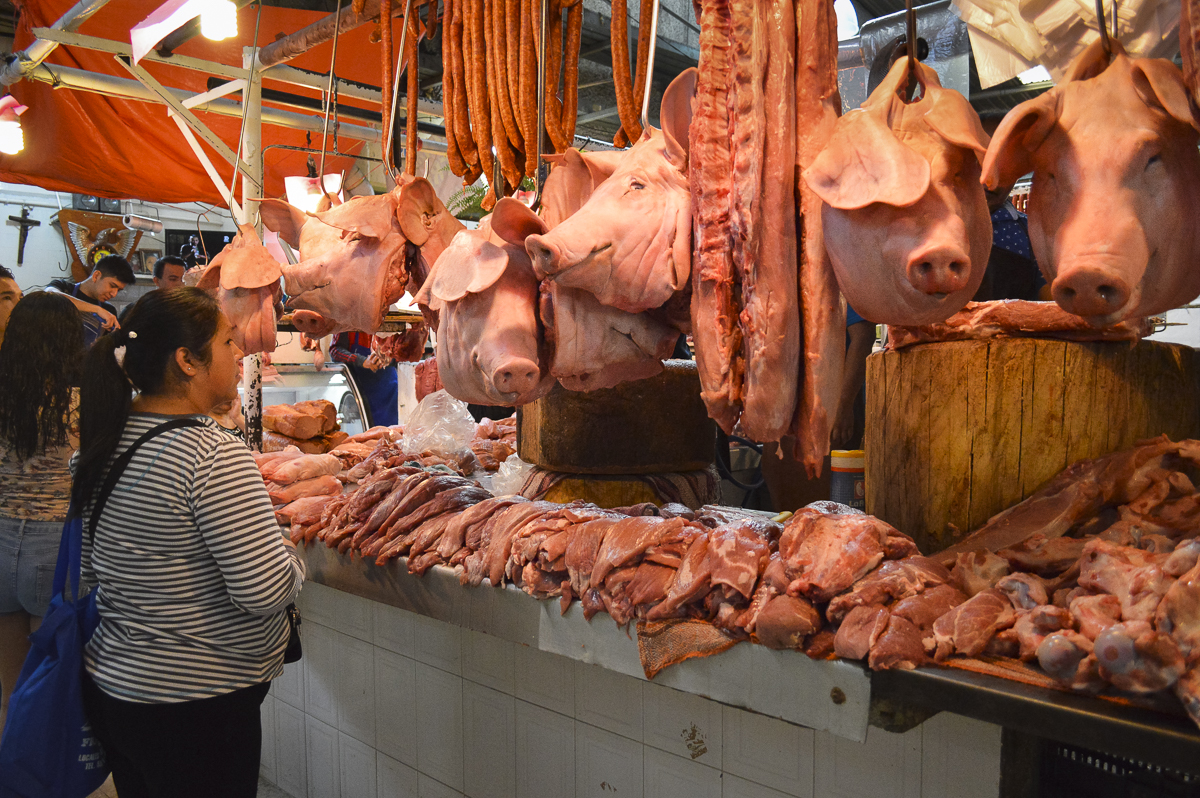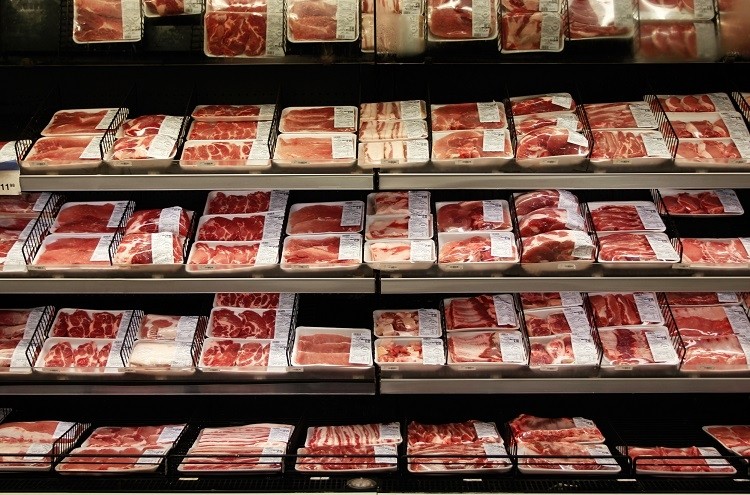Obtain the most effective Bargains on Fresh Meat at Bagley Farms Meat Market Edwardsville IL
Discover the Art of the Butcher's Cut in a Modern Meat Market
In the ever-evolving landscape of modern meat markets, the butcher's cut has transcended its conventional origins, merging olden workmanship with modern practices. What truly sets the modern-day butcher apart is their capability to create a much deeper connection in between customers and the origins of their meat.
Development of Butchery Strategies

The mid-20th century saw butchery strategies further refined by scientific understandings right into muscle biology and meat aging, boosting both inflammation and preference. Developments like vacuum product packaging and refrigeration extended product shelf-life, permitting butchers to expand offerings and boost quality assurance. This duration additionally marked the increase of specialized devices, such as band saws and meat slicers, which raised precision and efficiency in meat processing.
Computerized systems currently aid in monitoring pet provenance and optimizing cuts to fulfill certain client preferences. Additionally, a revival in artisanal butchery has actually emerged, blending standard abilities with contemporary expertise to provide to customers seeking moral and sustainable meat alternatives.

Understanding Meat Cuts

Comprehending the details of meat cuts is vital for both butchers and consumers looking for high quality and value. For butchers, accurate cuts show ability and respect for the craft, ensuring minimal waste and ideal yield.
The primary classifications of meat cuts include primal, sub-primal, and retail cuts. Butchers then damage these down further right into sub-primal cuts, prior to ultimately generating retail cuts offered to customers, like ribeye or tenderloin.
Understanding muscle composition is important; muscular tissues made use of extra often by the animal often tend to be tougher and are best suited for slow cooking approaches, while less-used muscle mass, like those located in the loin, are more tender and suitable for cooking or roasting. Knowledge with these differences empowers customers to make informed options, improving their culinary undertakings.
Choosing Top Quality Meat
Choosing the best meat involves even more than just picking a visually appealing item from the screen. The art of choosing high quality meat calls for a discerning eye and expertise of details attributes that indicate freshness and excellence. First of why not try this out all, pay interest to the color; beef needs to have an intense, cherry-red tone, while lamb needs to display a soft pink tone, and pork a pale pink. This shows the meat is fresh and hasn't been exposed to oxygen for too long.
Second of all, take into consideration the marbling, which refers to the white streaks of fat within the muscular tissue. Appropriate marbling is a key indicator of tenderness and taste, as it thaws throughout cooking, enhancing the meat's juiciness. Remember, greater marbling often correlates with premium top quality cuts, such as USDA Prime.
Appearance is one more important variable; meat must really feel strong to the touch, not slimy or overly soft. Furthermore, be mindful of the scent. Fresh meat needs to have a clean, neutral smell, without any kind of sour or repulsive odors.
Matching Cuts With Cooking Methods
Effectively matching cuts of meat with the appropriate food preparation methods is crucial for achieving optimum flavor and texture. Various cuts differ in tenderness, marbling, and connective tissue content, each needing specific techniques to open their possibility. Tender cuts like filet mignon and ribeye, with their intrinsic marbling, benefit from high-heat, quick-cooking methods such as cooking or pan-searing. These methods boost the meat's natural tastes and make sure a juicy surface.
On the other hand, harder cuts like brisket and chuck roast are abundant in collagen, which damages down right into jelly when prepared slowly. These cuts are optimal for braising or slow roasting, allowing the meat to tenderize gradually and create deep, complicated tastes. In a similar this website way, cuts such as short ribs and pork shoulder get on well with slow-cooking techniques, where prolonged cooking times change their durable textures right into succulent meals.
Lamb shanks and oxtail, which need extended food preparation to soften, are best candidates for stewing or slow-moving simmering. These approaches coax out rich, hearty flavors while maintaining wetness. By comprehending the one-of-a-kind qualities of each cut, chefs and home cooks alike can raise their culinary developments, ensuring each recipe is both pleasing and unforgettable.
The Butcher's Duty Today
Navigating the developing landscape of the modern-day meat market, the butcher's duty today extends past mere preparation of cuts. Contemporary butchers are cooking craftsmens, instructors, and supporters for sustainable methods. They link the void in between the farm and the fork by ensuring honest sourcing, comprehending pet husbandry, and focusing on openness in the supply chain. This shift shows the expanding customer demand for high quality over amount, where provenance and pet welfare are extremely important.
In addition to crafting accurate cuts, butchers currently involve straight with clients, supplying cooking guidance and customizing selections to fit individual requirements and preferences. Their knowledge in meat aging, marbling, and flavor accounts empowers customers to make educated choices, improving their culinary experiences. This personalized solution exhibits the butcher's developing function as a relied on consultant in the kitchen area.
Additionally, butchers are essential in minimizing waste, making use of entire animals to create diverse products go to the website such as sausages and supplies - bagley farms meat market edwardsville il. This comprehensive strategy not just respects the animal yet also straightens with modern sustainability objectives. By doing this, the modern butcher symbolizes both tradition and technology, adjusting to an ever-changing market while preserving the virtuosity and stability of their craft

Conclusion
Proficiency in recognizing varied meat cuts and high quality signs empowers butchers to offer informed recommendations, lining up specific cuts with ideal cooking techniques. By honoring historic practices while welcoming contemporary demands, the butcher's role stays important in today's advanced meat market.